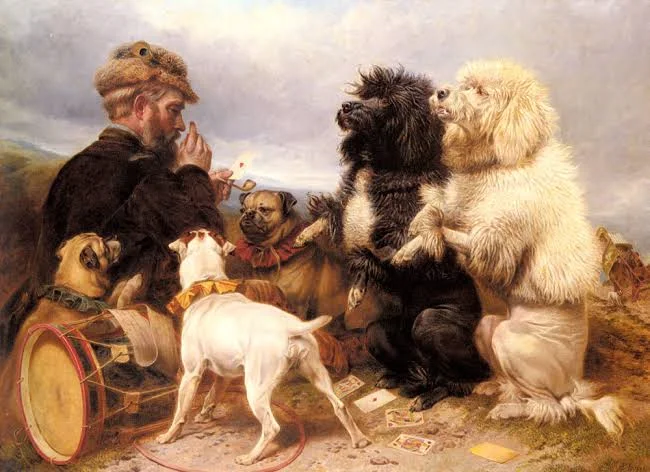GENERAL HISTORY OF DOGS
GENERAL HISTORY OF DOGS
Probably the animal was originally little else than a curiously gentle jackal, or an ailing wolf driven by its companions from the wild marauding pack to hunt shelter in alien surroundings. One can well conceive the prospect of the partnership beginning within the circumstance of some helpless whelps being brought home by the primary hunters to be tended and reared by the women and children.
Dogs introduced into the house as playthings for the children would grow to require themselves and be regarded, as members of the family In nearly all parts of the world traces of an indigenous dog, the family is found, the only real exceptions being the American Islands, Madagascar, the eastern islands of the Malayan Archipelago, New Zealand, and so the Polynesian Islands, where there is no sign that any dog, wolf, or fox has existed as a true aboriginal animal.
Within the traditional Oriental lands, and usually among the primary Mongolians, the dog remained savage and neglected for many years, prowling in packs, gaunt and wolf-like, because it prowls today through the streets and under the walls of every Eastern city.
No attempt was made to allure it into human companionship or to spice up it into docility. it isn't until we come to seem at the records of the upper civilizations of Assyria and Egypt that we discover any distinct styles of canine form.
The dog wasn't greatly appreciated in Palestine, and in both the Old and New Testaments it's commonly spoken of with scorn and contempt as an "unclean beast. " Even the familiar relevancy the Sheepdog within the Book of Job "But now they that are younger than I've got me in derision, whose fathers I'd have disdained to line with the dogs of my flock " isn't without a suggestion of contempt, and, significantly, the only biblical allusion to the dog as a recognized companion of man occurs within the apocryphal Book of Tobit (v. 16), " So they went forth both and also the young man's dog with them. "
The nice multitude of varied breeds of the dog and also the vast differences in their size, points, and general appearance are facts that make it difficult to believe that they could have had a typical ancestry. One thinks of the difference between the Mastiff and so the toy, the Deerhound and thus the fashionable Pomeranian, St. Bernard, and also the Miniature Black and Tan Terrier, and is perplexed in contemplating the likelihood of their having descended from a typical progenitor.
Yet the disparity is no greater than that between the dray horse and also the pony, the Shorthorn and also the Kerry cattle, or the Patagonian and so the Pygmy; and everybody dog breeders know the way easy it's to provide a spread in type and size by studied selection. so as properly to understand this question it is necessary first to contemplate the identity of structure within the wolf and also the dog.
This identity of structure may best be studied during a comparison of the osseous system, or skeletons, of the two animals, which so closely resemble each other that their transposition wouldn't easily be detected.
The spine of the dog consists of seven vertebrae within the neck, thirteen within the rear, seven within the loins, three sacral vertebrae, and twenty to twenty-two within the tail. In both the dog and thus the wolf there are thirteen pairs of ribs, nine true and 4 false. Each has forty-two teeth.
They both have five front and 4 hind toes, while outwardly the common wolf has such plenty the looks of an outsized, bare-boned dog, that a popular description of the one would serve as the alternative. Nor are their habits different. The wolf's natural voice could also be a loud howl, but when confined with dogs he will learn to bark.
Although he's carnivorous, he will eat vegetables, and when sickly he will nibble grass. within the chase, a pack of wolves will divide into parties, one following the trail of the quarry, the alternative endeavoring to intercept its retreat, exercising a considerable amount of strategy, a trait which is exhibited by many of our sporting dogs and terriers when hunting in teams.
An additional important point of resemblance between the gray wolf and also the canine lies within the undeniable fact that the number of gestation in both species is sixty-three days.
There are from three to nine cubs during a wolf's litter, and these are blind for twenty-one days. they're suckled for two months, but at the highest of that time, they're going to eat half-digested flesh disgorged for them by their dam or even their sire.
The native dogs of all regions approximate closely in size, coloration, form, and habit to the native wolf of those regions. Of this most important circumstance, there are far too many instances to allow it's being looked upon as a mere coincidence.
Sir John Richardson, writing in 1829, observed that "the resemblance between the North American wolves and thus the doggy of the Indians is so great that the scale and strength of the wolf seem to be the only real difference.


